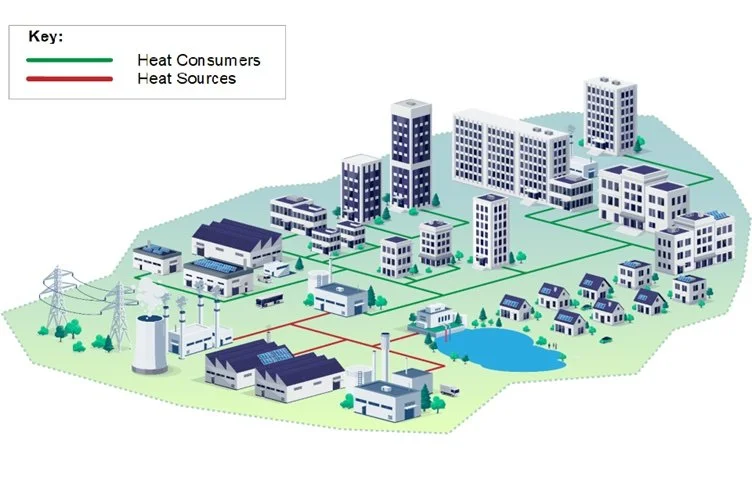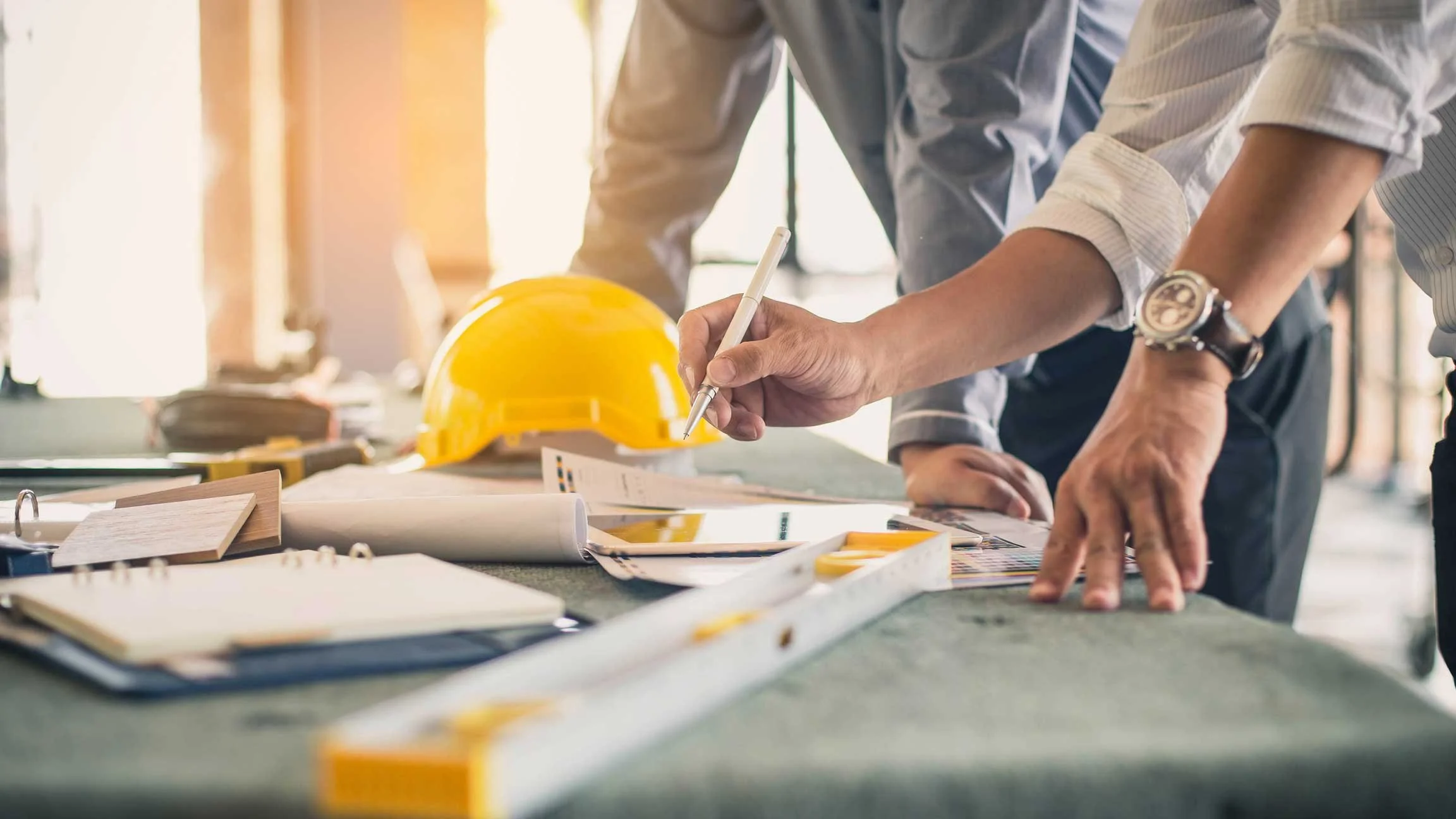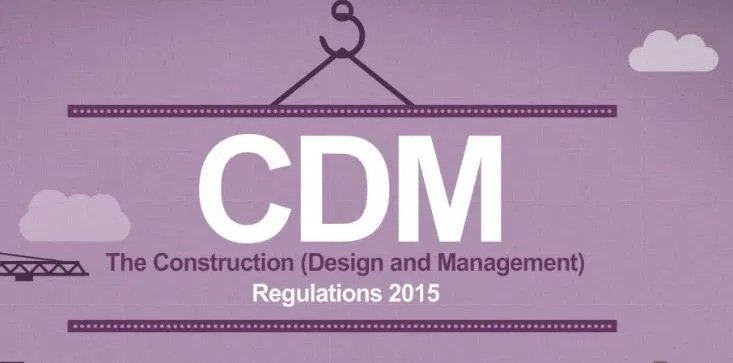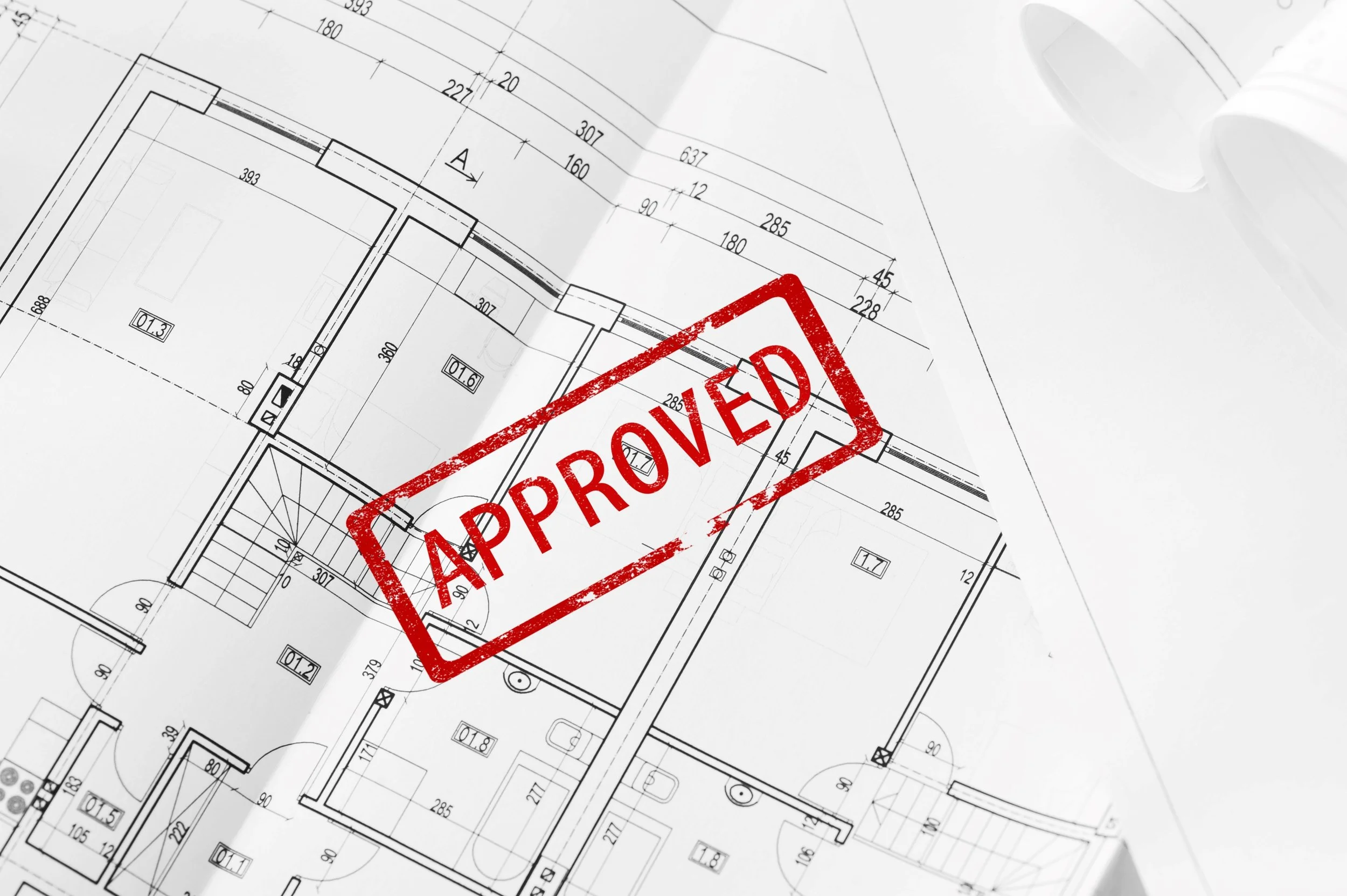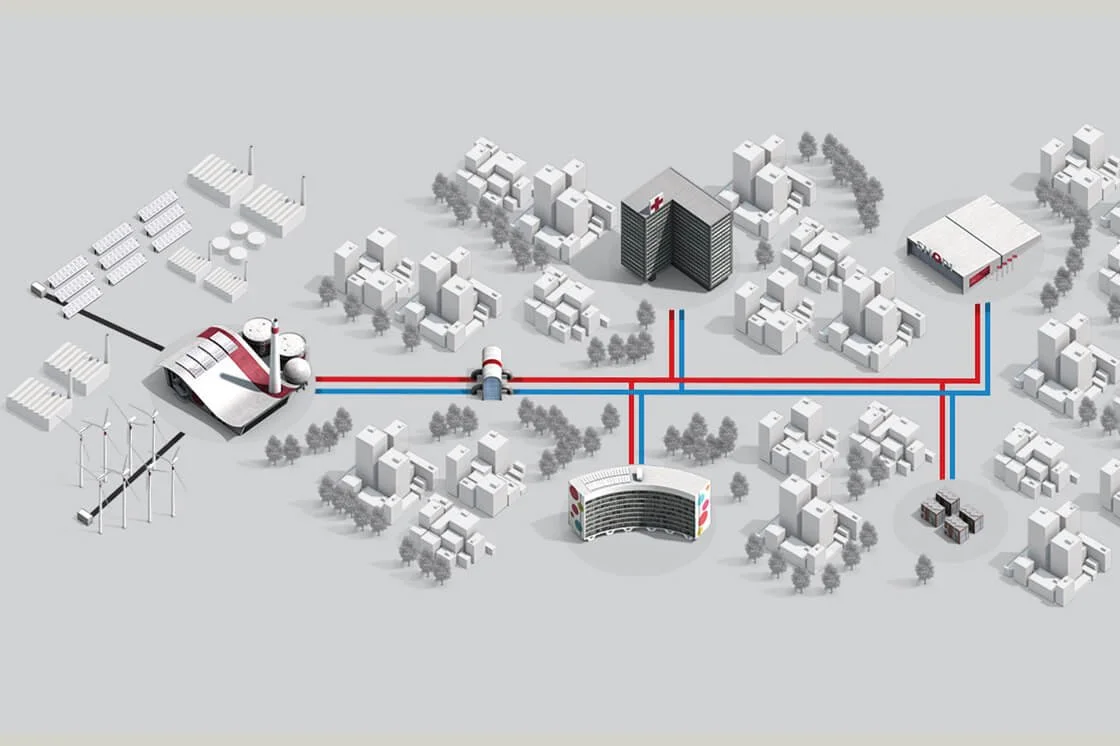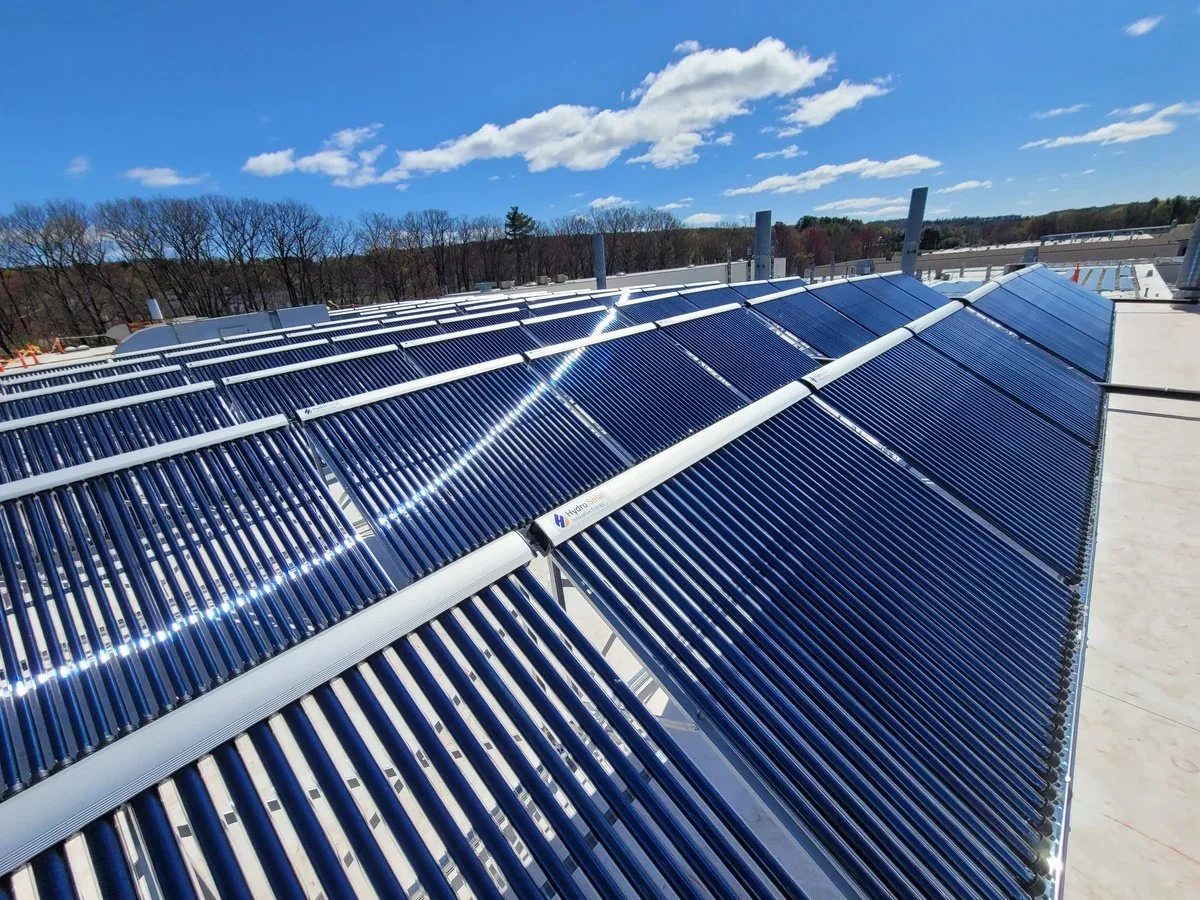
By Design Tech Solutions — Experts in Urban Heat Network Design & Risk Mitigation
Introduction: Why Urban Risk Management Matters
Installing heat networks in busy urban areas brings serious risk — from service strikes and road closures to public safety and stakeholder objections. These challenges go beyond engineering. They demand foresight, planning, and design intelligence.
At Design Tech Solutions, we embed risk thinking into every design phase, ensuring that schemes are not only efficient but deliverable. From feasibility to final drawings, our goal is to keep contractors safe, communities informed, and programmes on track.
Key Risks in Urban Heat Network Projects
Underground Utilities Conflicts
Dense streets often contain telecoms, gas, electric, and water — all at varying depths. Poor routing can cause major disruption or cost overruns.
Traffic & Public Access Disruption
Trenching through high streets, crossings, or public spaces can require temporary closures, diversions, and local authority permits.
Restricted Working Space
Urban environments limit site compounds, laydown areas, or storage — complicating logistics and increasing costs.
Interface With Existing Buildings
Access to risers, basements, or communal areas can be difficult, particularly in housing blocks, hospitals, or estate buildings.
Programme Risk
Delays in approvals, permits, or land access can cascade into major impacts on construction phasing.
How DTS Helps You Plan for Risk
We build risk management into our design process from day one:
Early Route Evaluation & Clash Detection
We analyse utility maps, CCTV surveys, and 3D models to plan routes that avoid known hazards.Staged Construction Phasing Plans
Our layouts can be phased to reduce disruption and improve logistics in dense zones.Access & Logistics Planning
We advise on compound needs, public interface strategy, and contractor sequencing.Risk Registers for Design Packages
Every project includes a live design risk register, noting safety, technical, and programme concerns.Stakeholder Coordination Support
We support early engagement with councils, transport authorities, building owners, and local communities.
FAQ
Design With Risk in Mind
DTS doesn’t just deliver compliant designs — we deliver practical ones. We ask: can this be built, safely, on time, and with minimal disruption?
That mindset informs everything we do.
Plan for What Can Go Wrong — And Then Design Around It
We help clients see risk clearly and act early. Let’s build smarter heat networks, starting with better-informed design.
RELATED READS
Explore our detailed guides on designing effective, future-ready district heating systems. Each article is written to help clients, developers, and stakeholders understand what great network design looks like in practice.


